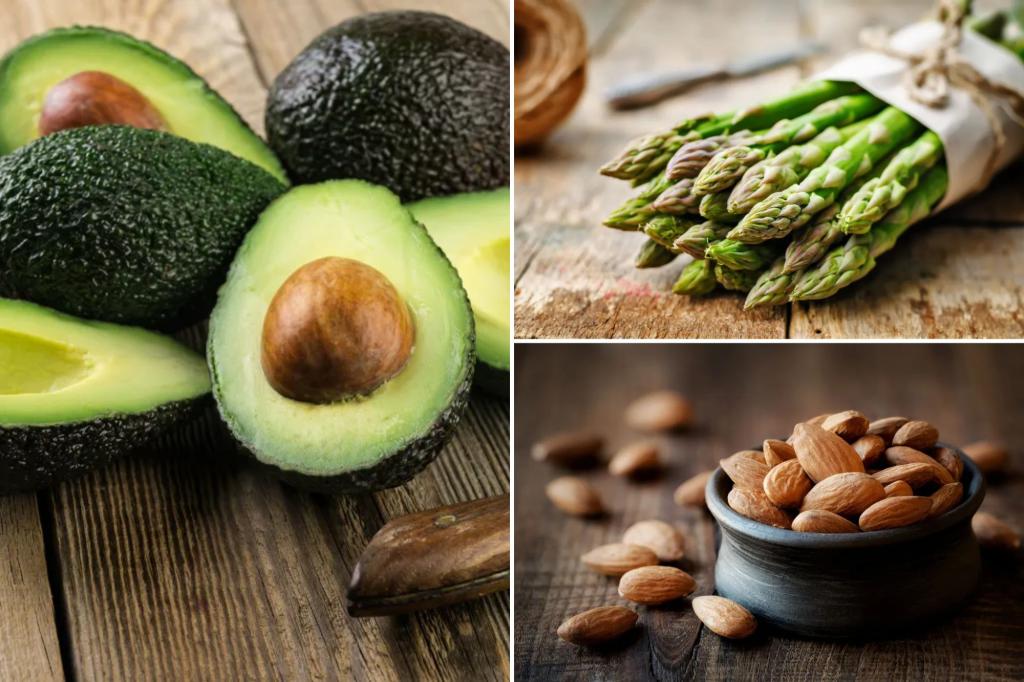
Have you heard the buzz about Ozempic? It’s a hot topic these days, especially for the millions of Americans who could greatly benefit from this and other popular weight-loss medications if insurance covered them.
Fortunately, experts suggest that expensive injections aren’t the only path to weight loss. There are strategies to navigate a food landscape often challenging for those managing their diets.
In a world saturated with processed foods, nutritionist Mark Hewett from Gains Nutrition asserts that regaining control over your eating habits is simpler than you think—it doesn’t require relentless calorie counting or excessive workouts at the gym.
According to Hewett, understanding the factors that trigger hunger is foundational for making healthier choices. Many individuals mistakenly rely entirely on willpower, neglecting key factors like the glycemic index (GI) of their food.
The glycemic index is a simple number that indicates how a food affects blood sugar levels and how quickly cravings may return after eating.
By focusing on low-GI foods, as Hewett suggests, you can effectively train your body to manage hunger more naturally.
“While many people fixate on calorie counts, studies reveal that how foods influence blood sugar is crucial for hunger management,” he stated.
“Low-GI foods, which have a GI of 55 or lower, are digested and absorbed at a slower pace. This leads to gradual changes in blood sugar levels, avoiding sharp spikes and crashes, which helps keep you satisfied longer and minimizes cravings.”
Are you prepared to apply this knowledge? Here are six low-GI foods you can easily incorporate into your diet and observe the results for yourself.
Avocados
With a glycemic index of just 5, avocados are digested slowly and provide sustained energy without causing blood sugar spikes that often lead to increased cravings, as Hewett explains.
“Their rich fiber content and healthy fats play a pivotal role in regulating appetite hormones, making them a prime choice for weight management,” he adds.
Asparagus
Asparagus has a glycemic index of 15, making it another excellent option for curbing appetite. Its high fiber content slows down digestion, adding volume to meals while keeping calorie counts in check. Additionally, asparagus promotes gut health, which is essential for regulating hunger, according to Hewett.
Almonds
Also registering a GI of 15, almonds offer a potent combination of protein, fiber, and healthy fats. Unlike high-carb snacks that lead to sugar spikes, almonds are digested slowly, ensuring a consistent energy release and preventing sudden cravings. Their nutritional profile is beneficial for regulating hunger-related hormones like ghrelin and leptin.
Black Olives
Black olives, with a GI of 15, contain a unique combination of monounsaturated fats and polyphenols that aid in appetite management. These healthy fats slow digestion, keeping you satisfied for more extended periods and the polyphenols contribute to reducing inflammation, which helps stabilize hunger signals.
Chili Peppers
Chili peppers, also having a glycemic index of 15, contain capsaicin, which is known to slightly increase metabolism while suppressing appetite. This makes them a potent ally for natural weight management, allowing those who consume spicy foods to lower their overall caloric intake without trying too hard.
Ginger
With a glycemic index of 15, ginger is celebrated for its ability to enhance digestion and regulate appetite. It helps manage hunger by promoting thermogenesis (calorie burning) and boosting insulin sensitivity, which prevents post-meal crashes that can trigger cravings, according to Hewett.









